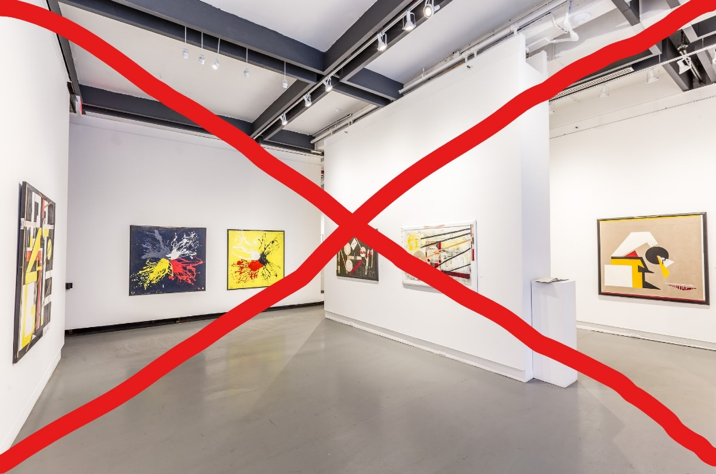I met a fellow dealer walking down Madison Avenue a few days ago. When we first met, 20 years back, he had a gallery on the Upper East Side. Since his primary focus was contemporary, he had followed the migration of contemporary dealers to Chelsea and opened a new gallery there. Now, he told me, he was closing his Chelsea space. He was going to deal privately out of his large apartment uptown.
“Wait,” I asked him. “If you don’t have a public gallery, how can you remain a member of the ADAA?” The Art Dealers Association of America has always required that each of its members operate a public brick-and-mortar space with regular exhibitions. Private, by-appointment-only dealers have always had their applications rejected.
“No problem,” he told me. “I’ll continue to mount exhibitions under my own name but in conjunction with other dealers, and I’ll publish catalogs. I’m about to mount a show in a pop-up space, and I’ll continue to do art fairs. The ADAA is fine with that.”
In a few words, my friend had summed up the changing situation in today’s art world. Commercial rents in desirable neighborhoods have gotten ever higher, and the contemporary art market has bifurcated into a handful of mega-galleries such as Gagosian and David Zwirner, which represent a few superstar artists, and a lot of smaller galleries which often exhibit emerging artists. The smaller galleries, handling artists whose works trade in four and low-five figures, are having a hard time keeping their heads above water financially, even when the shows they mount are critically well-respected. Creative strategies to solve the problem are needed like never before.

Dealers are exploring such strategies as sharing spaces on a rotating basis or swapping gallery spaces on a temporary basis to expose their artists’ works to collectors in other cities. Using social media such as Instagram, Artsy, or Facebook to expose works of art is more important than ever. The managing committees for many art fairs have become more willing to allow private art dealers to exhibit in their venues.
Of course, the ease with which collectors can view a huge number of works in digital images on smart phones has led to some grousing among older dealers. The days when collectors strolled up and down Madison Avenue on Saturdays, hitting all the galleries, are long gone. Soho’s art scene is a shadow of its former self. Even dealers in Chelsea complain about the lack of foot traffic. There just isn’t the drive on the part of most potential collectors to see everything. Another dealer friend of mine is moving his Chelsea gallery from the seventh to the first floor of his building. “People don’t want to deal with slow, cranky elevators anymore,” he told me, “And they definitely don’t do stairs. If you want foot traffic that brings in new collectors, you have to be on the ground floor with a window on the street. You have to spoon feed the art to them.”
Computer databases, digital images, social media, and the insatiable appetite on the part of real estate developers for more neighborhoods to invest in have changed today’s art world into something unimaginable 30 years ago. While the whole process is sorting itself out, it becomes more advantageous than ever to have an advisor to assist you in keeping tabs on an increasingly diffused art scene. I can help you with that. Let’s talk soon.

